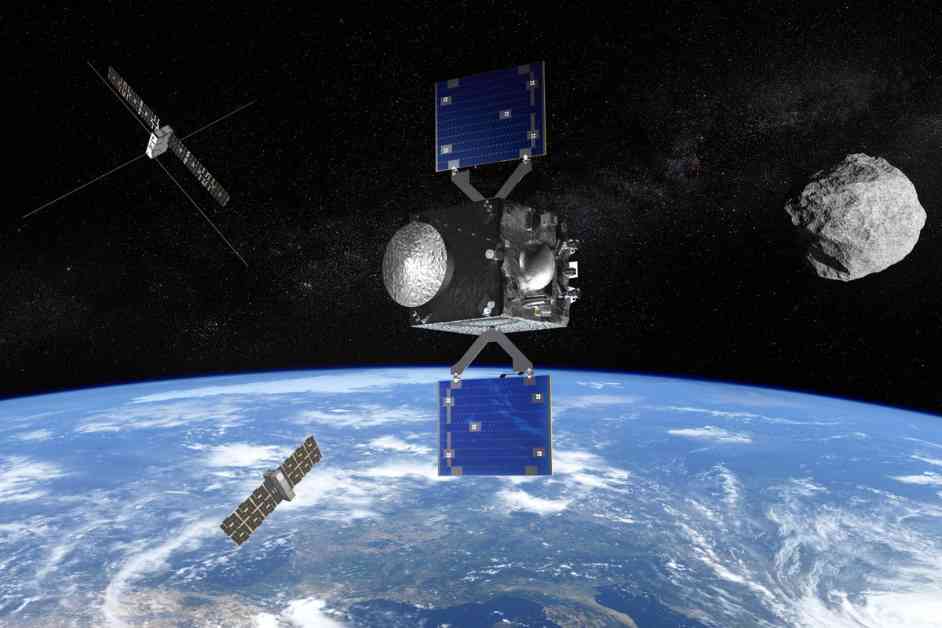Europe is gearing up for an exciting new space mission to explore the infamous asteroid Apophis. The European Space Agency (ESA) has announced the Rapid Apophis Mission for Space Safety, also known as Ramses. This mission aims to launch a spacecraft to rendezvous with Apophis in February 2029, just two months before the asteroid makes a super-close flyby of Earth.
Apophis, a sizeable asteroid, will pass by our planet within one tenth of the Earth-moon distance in 2029, a rare cosmic event that happens once every 7,500 years for objects of this size. Scientists and engineers are working against the clock to ensure that Ramses is ready to observe this historic encounter. The mission is not yet fully funded due to ESA budgeting quirks, but the opportunity to study Apophis up close is too significant to miss.
The close encounter with Earth in 2029 is expected to alter Apophis in various ways, such as changing its orbit around the sun, affecting its rotation, and potentially reshaping its surface. While the 2029 flyby is now deemed harmless, studying Apophis will provide valuable insights into the behavior of asteroids and help scientists prepare for any potential future threats.
In addition to ESA’s Ramses mission, NASA is also involved in studying Apophis. The OSIRIS-REx mission has been retasked to orbit Apophis after the close encounter, providing further data on the asteroid’s post-flyby state. However, Ramses aims to offer a comprehensive view of Apophis before and during the Earth flyby, providing critical observations that can enhance our understanding of asteroids and planetary defense strategies.
Despite the tight timeline for launching Ramses by April 2028, ESA is confident in its ability to build and deploy the spacecraft in time. The mission is based on the design of ESA’s Hera mission, with minor modifications to adapt to the specific requirements of studying Apophis. By leveraging the experience gained from previous asteroid missions and collaborations with NASA, ESA hopes to achieve its goal of exploring Apophis in detail.
The Ramses mission is not just about studying Apophis; it also serves as a test of humanity’s ability to respond to potential asteroid threats. By demonstrating the capability to launch a spacecraft quickly to assess an asteroid’s trajectory and characteristics, Ramses contributes to the broader field of planetary defense. The insights gained from Ramses and other missions will be crucial for developing effective strategies to prevent future asteroid impacts and safeguard our planet.






